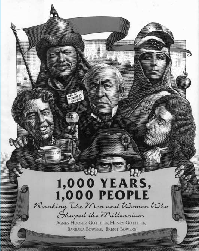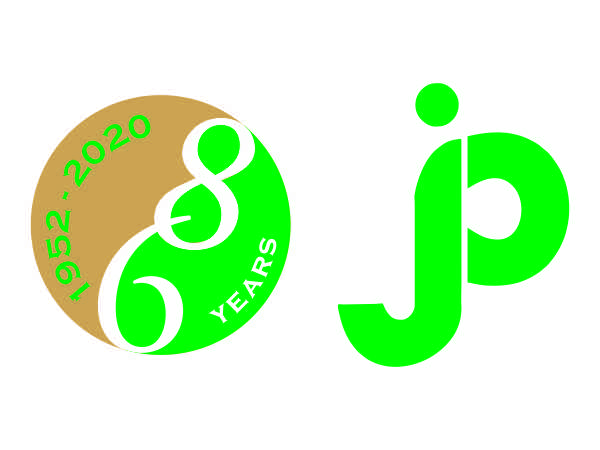History
In the cultural history of mankind there is no event that has gained so much significance as the invention of Printing. It would require an extensive volume to set forth even in outline, the far reaching effects of this invention in every field of human enterprise and experience or to describe its results in the liberation of the human spirit from the fetters of ignorance and superstition. From historical evidence there emerges the figure of Johan Gutenberg, a German, as the most firmly established claimant to the honours of being the inventor of printing, from moveable type. Since then it has attained many a refinement at the hands of Nicolas Jenson, Aldus Manutius, William Morris, Ottmar Mergenthaler, Tolbert Lanston and others.
In our country, printing has long remained only as a craft which is now emerging into an industry. It is a knowledge-industry which gives shape and shelter to all knowledge - arts, religion and sciences, of all areas of knowledge. It is the repository of all cultural heritage and is the connecting link between past, present and future, bringing men and nations nearer. This area of science and technology, therefore, needs greater development, expansion and research.
The 42-line Bible from the workshop of Johannes Gutenberg is still considered one of the most beautiful books in the world. His masterpiece, it is so called 'The 42-line Bible' because most of its pages are 42 lines long.
The Gutenberg Bible was modelled on a manually produced book, with text that resembles handwriting of great beauty and regularity. Gutenberg cast 290 different characters; the colourful initials and illustrations were added later by an illuminator and a columnist.
Using the printing press he invented, and with the help of 2 artisans, Gutenberg was able to produce 180 copies of his Bible over a period of three years. Up until then, scribes in abbeys had needed much longer than that just to copy a single book by hand. The stage was set for the age of mass media.
To protect the priceless book from damage, Manfred Mayer, a restorer from Graz, has this 550-year-old Bible in a dark, climate-controlled safe.

Johannes Gutenberg (1394-1468)

If not for Gutenberg, Columbus might never have set sail, Shakespeare's genius could have died with him, and Martin Luther's Ninety five Theses would have hung on the door unheeded. In fact, without mass quantities books to burn, the Inquisition could have fallen flat on its face. The printing press, developed by goldsmith Gutenberg in the 1430s, helped spread truth, beauty, heresy throughout the world.
We know the Chinese had movable type for centuries before Gutenberg, but they used it for silk printing, not books. Gutenberg, however, always had publishing in mind. Copies of his first major project, the Bible, survive today. He worked for years to perfect his system of moveable type and a press that could mass-produce books, leaflets and propaganda. What little is known about Gutenberg comes from the many lawsuits filed against him for the rights to the invention. But no one successfully challenged Gutenberg's place as the western inventor of moveable type and the printing press. Because his press unharnessed the power of ideas on the world, he is ranked ahead of the people whose ideas found an audience through printing. In the order of rank, he is inarguably, the Man of the Millennium.
In Modern times we now have digital printing, screen and offset printing.
